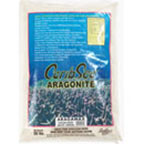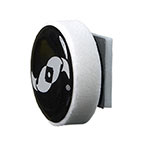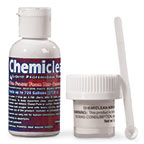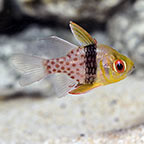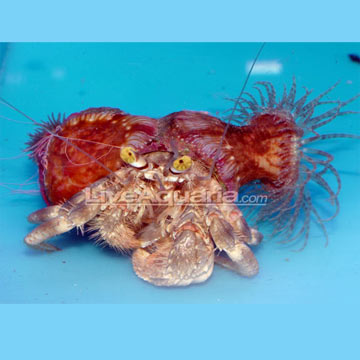
Additional locales and sizes may be available!
Additional locales and sizes may be available! Email me when availableQuick Stats
What do these Quick Stats mean? Click here for more information
What do these Quick Stats mean? Click here for more information
Overview
Three Hermit Crabs of the Dardanus sp. have formed a symbiotic relationship with the anemone Calliactis polypus with which it shares a home: D. pedunculatus (Indian Ocean), D. tinctor (Red Sea), and D. deformis (Great Barrier Reef).
The anemone attached to the shell provides camouflage, protection, and the two invertebrates share food. In the wild, when the crab moves the anemone about the reef, it helps the anemones disperse. When the crab outgrows its shell, it will leave it behind and find a new, larger shell and transfer the anemone on to it or select a larger anemone.
This Hermit Crab prefers an aquarium with large amounts of stable rock work and dim light. The Hermit Crab is aggressive and makes a poor candidate for a reef or peaceful fish aquarium. It will eat fish, snails, and worms, but also detritus and some algae. As it grows, it will need larger shells, therefore multiple sizes of gastropod shells should be available to it.
If there is insufficient algae to eat, dried seaweed should be provided. Molluscs, worms, and other meaty items can be provided.
Approximate Purchase Size: Small: 1" to 1-1/2"; Medium: 1-1/2" to 2"; Large: 2" to 4"



